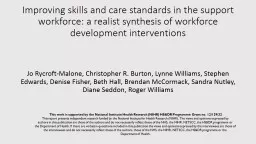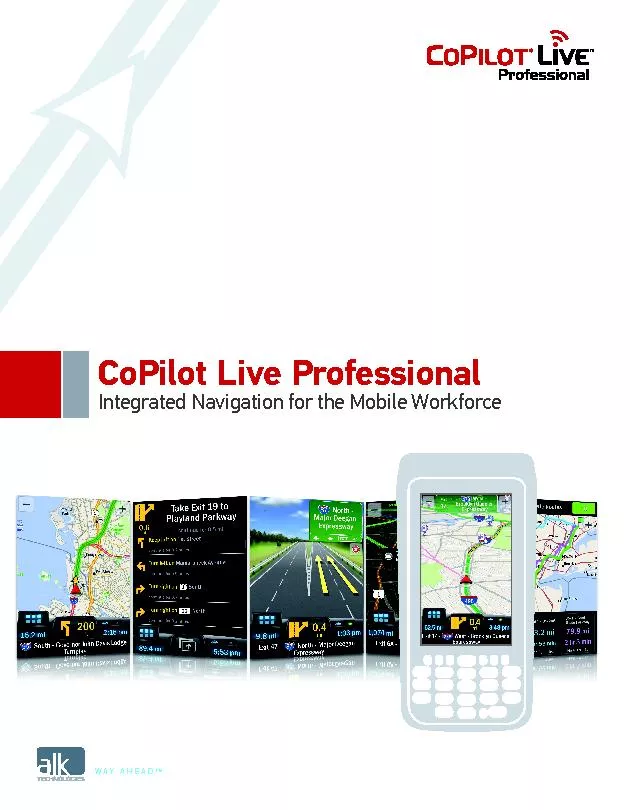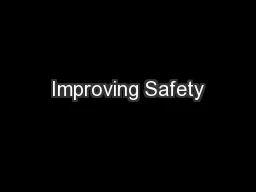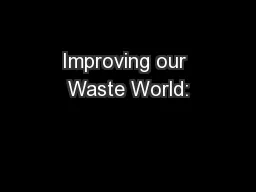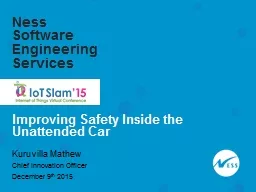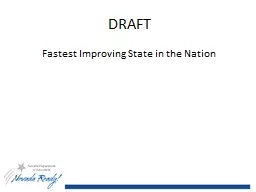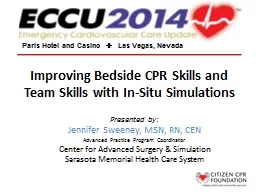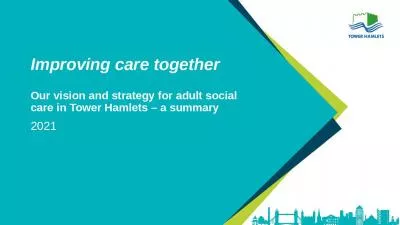PPT-Improving skills and care standards in the support workforc
Author : tawny-fly | Published Date : 2017-06-23
Jo RycroftMalone Christopher R Burton Lynne Williams Stephen Edwards Denise Fisher Beth Hall Brendan McCormack Sandra Nutley Diane Seddon Roger Williams Realist
Presentation Embed Code
Download Presentation
Download Presentation The PPT/PDF document "Improving skills and care standards in t..." is the property of its rightful owner. Permission is granted to download and print the materials on this website for personal, non-commercial use only, and to display it on your personal computer provided you do not modify the materials and that you retain all copyright notices contained in the materials. By downloading content from our website, you accept the terms of this agreement.
Improving skills and care standards in the support workforc: Transcript
Download Rules Of Document
"Improving skills and care standards in the support workforc"The content belongs to its owner. You may download and print it for personal use, without modification, and keep all copyright notices. By downloading, you agree to these terms.
Related Documents

